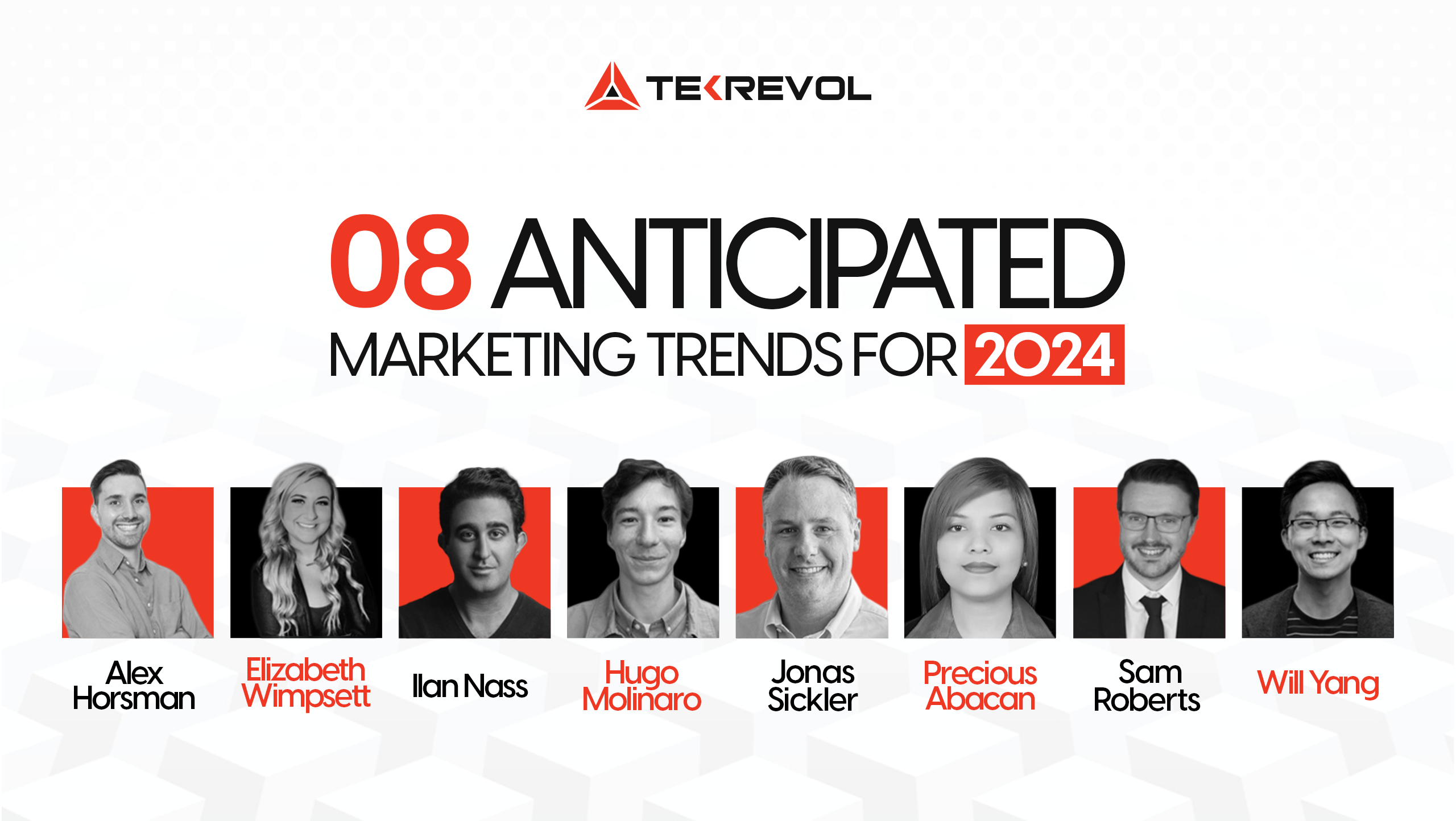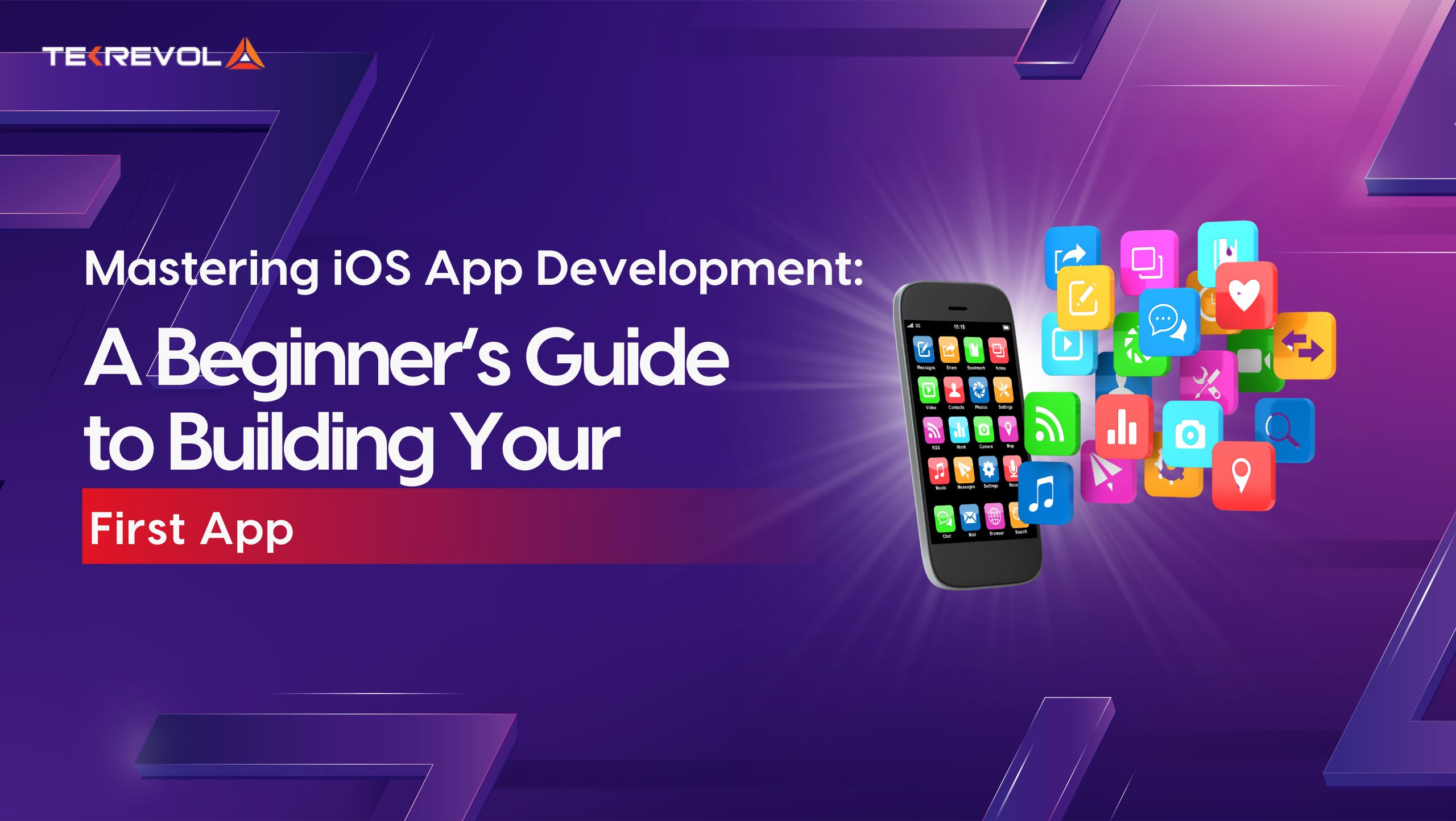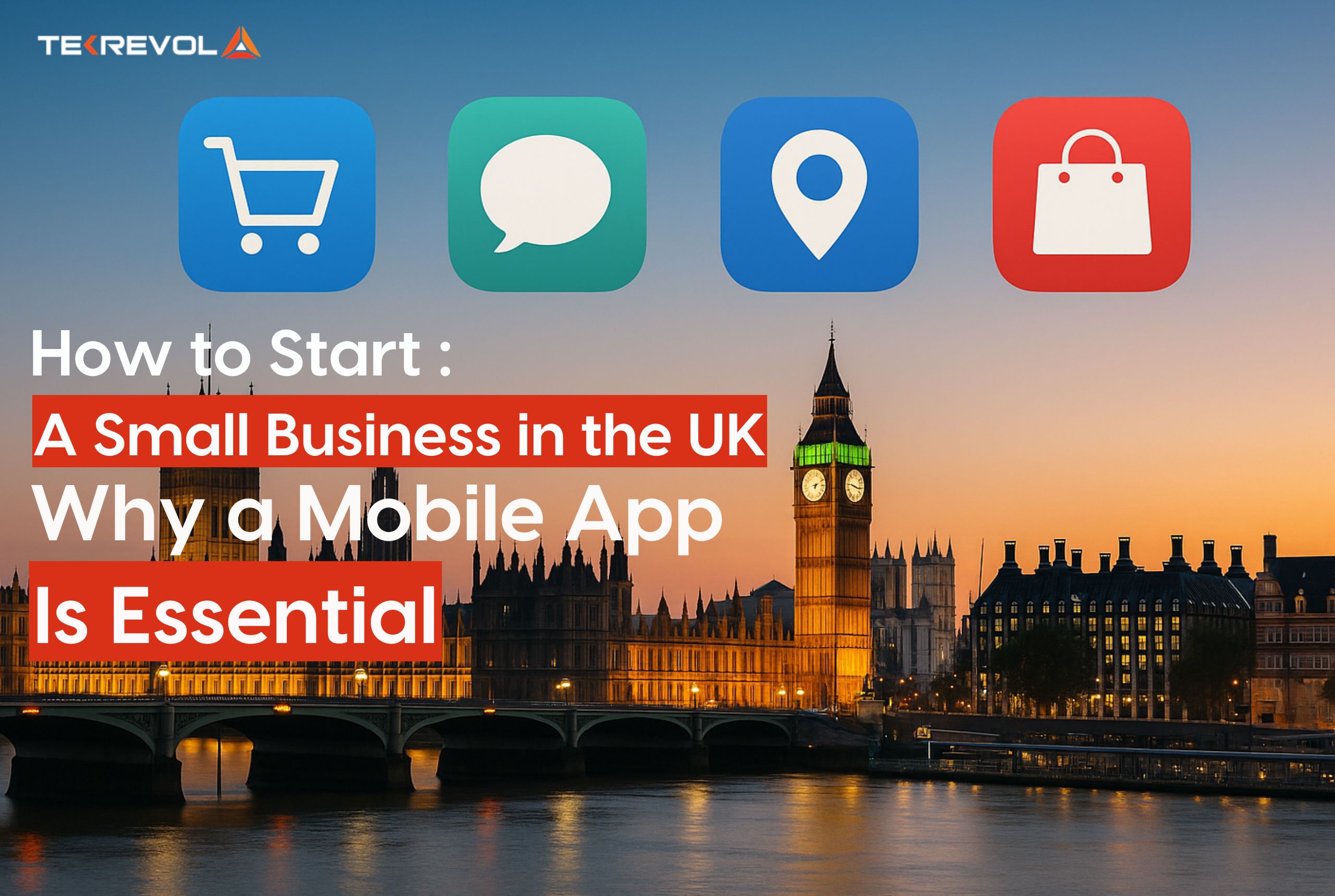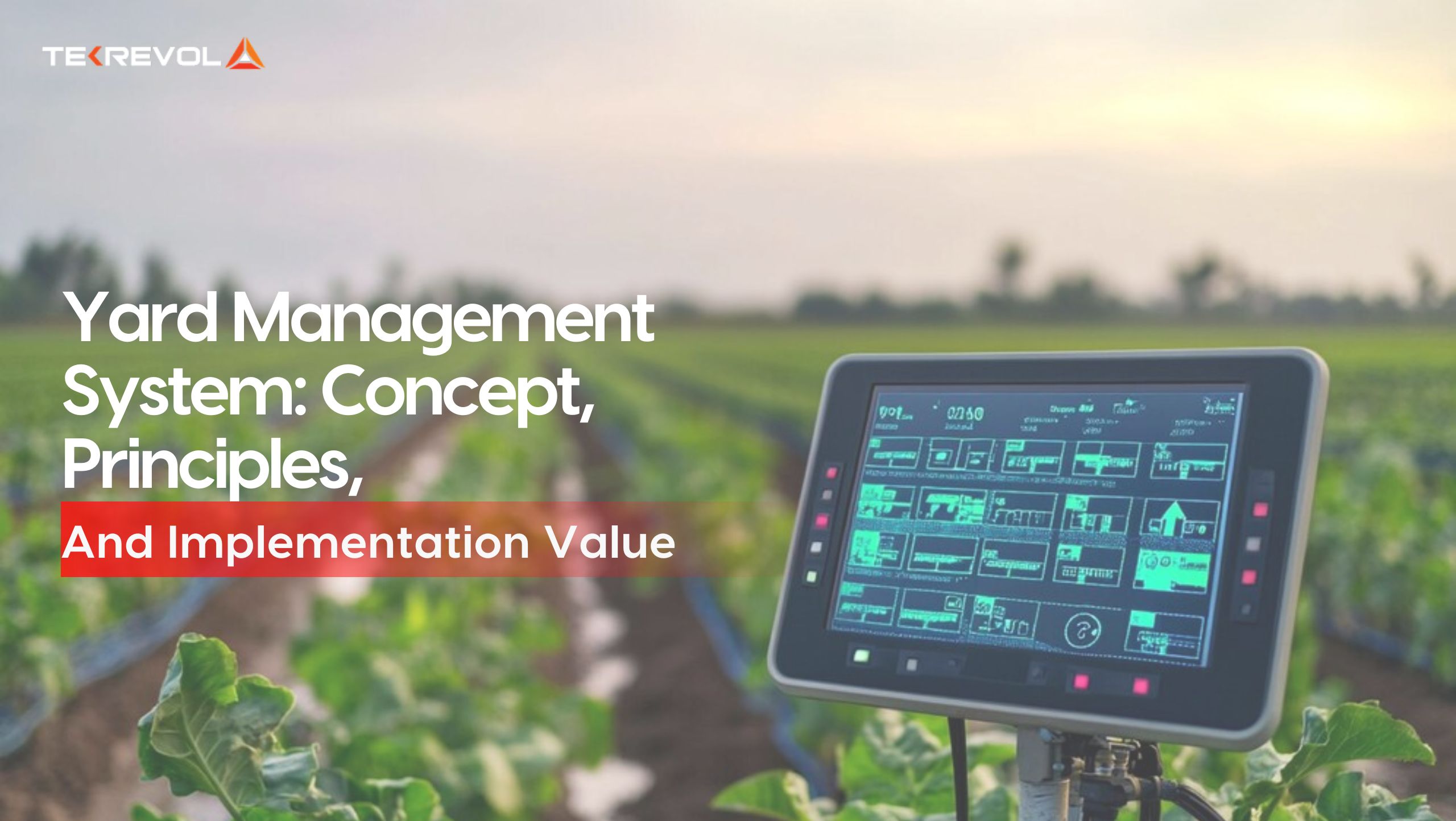As we navigate the evolving landscape of consumer engagement, we’ve gathered insights from eight marketing experts to forecast the trends of 2025. From the haptic technology shift in marketing to eco-focused marketing, these professionals share their predictions on specific marketing movements that will shape the industry.
- Haptic Technology Shift in Marketing
- First-Party Data Dominates Future Marketing
- Hyper-Local Marketing Connects Communities
- Eco-Focused Marketing Gains Traction
- Local Traffic Increase With Google Business
- Ethical Marketing Builds Consumer Trust
- Cause-Driven Experiential Marketing Emerges
- Consumer-Centric Strategies Over Interruption Tactics
- AI-Powered Personalization Reaches a New Level
- Interactive Content Becomes Essential, Not Optional
Haptic Technology Shift in Marketing
2025 is expected to see a shift towards Haptic Havens, where marketers will leverage advanced haptic technology to engage with customers through touch. By investing in immersive tactile experiences, marketers can extend beyond graphics and music, enabling customers to virtually interact physically with products.
Imagine interacting with your device to feel the crispness of a snack or the texture of fabric while shopping online. Haptic feedback will transform the online shopping experience, creating multimodal, memorable brand interactions.
This trend fosters a deeper emotional bond between customers and products by transcending the screen. Brands that adopt Haptic Havens will be at the forefront of a new wave of experiential marketing, changing the way we perceive and engage with the virtual marketplace as touch becomes an integral digital interface.
Ilan Nass, Chief Revenue Officer, Taktical
First-Party Data Dominates Future Marketing
I anticipate that first-party data will be a dominant marketing trend in 2025. Privacy regulations are tightening worldwide, and the common third-party cookies are phasing out. Therefore, first-party data is about to become the new trend as marketers become aware of the need to build customer relationships.
First-party data collects information directly from customers, making it relevant and accurate. Eighty-four percent of marketers prefer first-party data because it meets regulatory restrictions and fits consumer desires. With first-party data, customers can experience a smooth, personalized, and efficient shopping experience as they get product recommendations based on their preferences and previous interactions.
At Ammo.com, we are working towards switching to first-party data for a more meaningful shopping experience for our customers, and we anticipate other businesses will do the same.
Alex Horsman, Head of Marketing, Ammo.com
Hyper-Local Marketing Connects Communities
Hyper-local marketing for small businesses allows brands to create campaigns that cater to the specific needs and interests of consumers in their immediate vicinity. Every neighborhood has its local memes that can be strategically used to provoke emotions and market your product.
For example, the local “Gritty” meme represents Philadelphia’s toughness and resilience, qualities that the craft brewery also values. By partnering with the creator of the Gritty meme to design a line of merchandise, the brewery can show that it is a part of the local community and supports local artists.
Another example is the “Portlandia” meme, which pokes fun at Portland’s hipster culture, something that the vintage clothing store embraces. By hosting a “Portlandia” party, the store can connect with its target audience of hipsters and show that it has a sense of humor and is not afraid to laugh at itself.
Hugo Molinaro, Digital Marketing Enthusiast, Founder, SmartLinking
Eco-Focused Marketing Gains Traction
Given the number of severe natural calamities we have experienced in the last few years, I believe climate, sustainability, and environmental impact will become a greater part of the overall marketing message.
Brands that are sincerely taking steps toward addressing their impact will promote their actions extensively to increase loyalty among customers. Similarly, marketing campaigns that greenwash products will be less effective as a more mature audience will make smarter decisions.
Sam Roberts, Digital Marketing Manager, Connect Vending
Local Traffic Increase With Google Business
For local businesses, supporting your Google Business Profile is a trend that will bring new traffic to your online business or brick-and-mortar location, and doesn’t require much upkeep.
Google recently added the option to add a “Small Business” attribute to your profile, which will help small businesses expand their reach locally and nationally.
This is a small piece of a digital marketing strategy that can generate great results and is completely free to business owners of any size.
Elizabeth Wimpsett, Marketing Strategist, The Social Boutique – Marketing Agency
Ethical Marketing Builds Consumer Trust
As AI, deepfakes, and some shady marketing tactics have been on the rise, ethical marketing is going to be a big deal in 2025. It’s all about gaining customers’ trust and building lasting relationships by being honest, open, and doing the right thing.
This means using sustainable methods in how you make things, being clear about prices and returns, not misleading people with your ads, and backing causes and charities that match what your brand stands for.
I think ethical marketing will be huge next year because people are becoming more aware and caring more about how businesses operate. Customers, particularly Gen Zers and millennials, really value honesty and want to support brands that do good things.
Plus, with so much misinformation and dubious practices out there, being a brand that people can trust will stand out. There’s a growing demand for transparency in business, and companies that meet this demand will likely see more loyalty from customers.
Supporting good causes can make a brand more appealing, especially to younger customers who want their purchases to make a difference.
Precious Abacan, Digital Marketing Manager, Softlist
Cause-Driven Experiential Marketing Emerges
In 2025, I foresee a surge in cause-driven experiential marketing, where brands will focus on immersive campaigns that not only promote their products but also actively involve consumers in impactful social or environmental causes.
This trend taps into the rising consumer desire for purpose-driven engagement, fostering a deeper connection between brands and their audience through meaningful, hands-on experiences that go beyond traditional marketing approaches.
Will Yang, Head of Growth and Customer Success, Instrumentl
Consumer-Centric Strategies Over Interruption Tactics
As brands seek to expand their marketing footprint using tools like AI content generation, they must first root strategies in consumer data and insights. Otherwise, they risk pushing consumers away by creating content based on generic interests rather than meeting precise consumer needs.
Marketers should double down on relationship building by truly understanding what consumers want and when they’re most receptive to brand messaging before building new touchpoints. I anticipate that consumer-centric strategies like reception marketing and owned-asset optimization will replace or improve the impact of less effective interruption marketing tactics.
These data-informed strategies leverage expanded consumer insights and brand-owned resources to authentically connect with consumers, strengthening trust and loyalty.
Jonas Sickler, Digital Marketing Analyst, Terakeet
AI-Driven Personalization Takes a Leap Forward
As AI technology continues to advance and become more ubiquitous, 2025 will see hyper-personalized marketing take center stage. Gone are the days of “Dear [First Name]” emails; brands will use predictive analytics and machine learning to personalize content, product suggestions, and even web experiences in real-time.
From AI chatbots that learn your style to personalized video messages, consumers will expect brands to know them deeply and deliver value before being asked.
Interactive Content Becomes Essential, Not Optional
Consumers are increasingly passive toward static content. In 2025, interactive formats like quizzes, polls, interactive videos, 360° product tours, and AR experiences will dominate.
Why? Engagement rates on interactive content are 2x higher than static alternatives—and users remember the experience.
Brands that entertain and engage as they educate will perform better than those that are still using old school static content and ads.
How Tekrevol Helps You Stay Ahead
At Tekrevol, we don’t just follow trends — we help businesses set them. Our innovative digital marketing strategies are designed to drive real conversions and position brands for success in 2025 and beyond. Learn more about how Tekrevol drives conversions through digital marketing.
Conclusion
In, the anticipated marketing trends for 2025 reveal a dynamic and transformative landscape driven by technological advancements and shifting consumer priorities. The insights provided by marketing experts highlight the industry’s adaptability and responsiveness to emerging trends. Meanwhile, the convergence of these trends underscores the importance of staying agile and informed in order to navigate the ever-evolving realm of consumer engagement.

 4052 Views
4052 Views April 6, 2025
April 6, 2025









